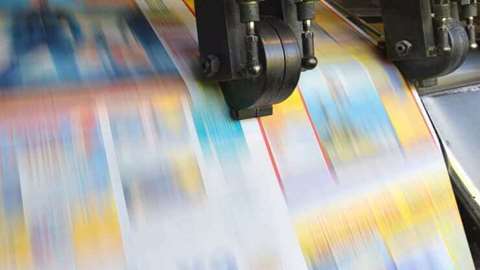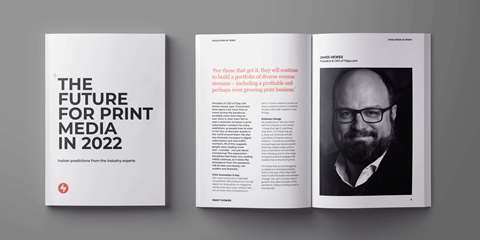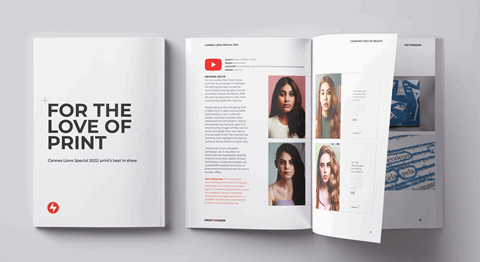Ulbe Jelluma: We live in uncertain times with political, economic, technological and climate changes. What will be the challenges and opportunities in your industry?
Ruud van den Berg: We live in uncertain times where we need to be prepared for the unknown, which means we need flexibility as well as an open mindset towards change and innovation.
As digitalisation continues to accelerate, with an increasing amount of data and information, and AI coming into the picture, we see opportunity for print to stand out more strongly as something real; something that is offline, that can be felt, touched and that persists. The uniqueness, resilience and strengths of print become even more prominent as the digital alternatives continue to grow. This is an opportunity that needs to be cherished by the print and paper industries.
UJ: The most important themes are without doubt AI and sustainability. How does that impact your industry and what kind of opportunities does that offer?
RvdB: AI as such can bring lots of opportunities to the business, and in the printing scene, we see a trend in digital printing, which is one area where print can easily leverage opportunities such as personalised content. Print continues to be a unique content format, also in the world of AI.
When it comes to sustainability, there is a need to raise more awareness about the sustainability of paper, but also grow the understanding of digital media and its environmental impacts. Paper is a natural, fully recyclable material made from renewable resources.
UJ: Sustainability is increasingly becoming an important factor in the choice for printed material. Will this affect publishers more in 2024
RvdB: We see the demand for sustainability growing every year, and it will surely continue to do so in 2024. We also see regulations and demands on companies tightening in the upcoming years and welcome an open discussion and dialog to jointly work for and promote paper as a sustainable medium.
UJ: Publishers have various options to publish their content. Are you considering new channels in 2024?
Just as we see in the media industry, we believe that we as a company also need a mix of different channels, depending on the purpose of the content and the target audience.






